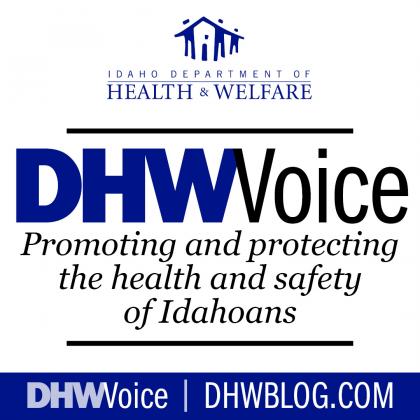From DHW Director Dave Jeppesen: We’re grateful to our veterans for their service
Friday marks a day off for government workers to observe an important holiday: Veterans Day.
Nov. 11 was formerly called Armistice Day for the anniversary of the armistice that ended World War I in 1918. The federal legal holiday was observed on the fourth Monday in October in the mid-1970s. It reverted to Nov. 11 in 1978.
I’m thrilled we have a day set aside to honor the sacrifices and service of all veterans of the U.S. armed forces. With the support of their families, those in the military protect democracy and the freedoms that come with it. I am extremely grateful for their service.
The Department of Health and Welfare has at least 132 veterans who also are employees. There are probably many more – we don’t know about their service unless they choose to disclose it to us. I want to thank them all specifically for their service in the armed forces, but also for their continued dedication to serving Idahoans.
Military service can be challenging, and I’d like remind Idahoans experiencing any challenges from their service that we can help. The 2-1-1 Idaho CareLine works with community partners and agencies throughout Idaho and the nation to list information and resources that might be helpful for Idaho's veterans and military service members.
Veterans and their families can search our online database at https://healthandwelfare.idaho.gov/services-programs/veteransmilitary or dial 2-1-1 or 800-926-2588 anywhere in Idaho to learn more.
If you know a veteran, please thank them for their service this weekend.
I hope you have a safe and healthy weekend.
The Idaho Department of Health and Welfare is dedicated to strengthening the health, safety, and independence of Idahoans. Learn more at healthandwelfare.idaho.gov.


Join the Discussion
Please note the following terms of participation in commenting on the DHW Voice blog.
To ensure a productive discussion you agree to post only comments directly related to this post and to refrain from posting obscenities; threatening, abusive or discriminatory language; sexually explicit material; and other material that would violate the law if published here; promotional content; or private information such as phone numbers or addresses. DHW reserves the right to screen and remove inappropriate comments.